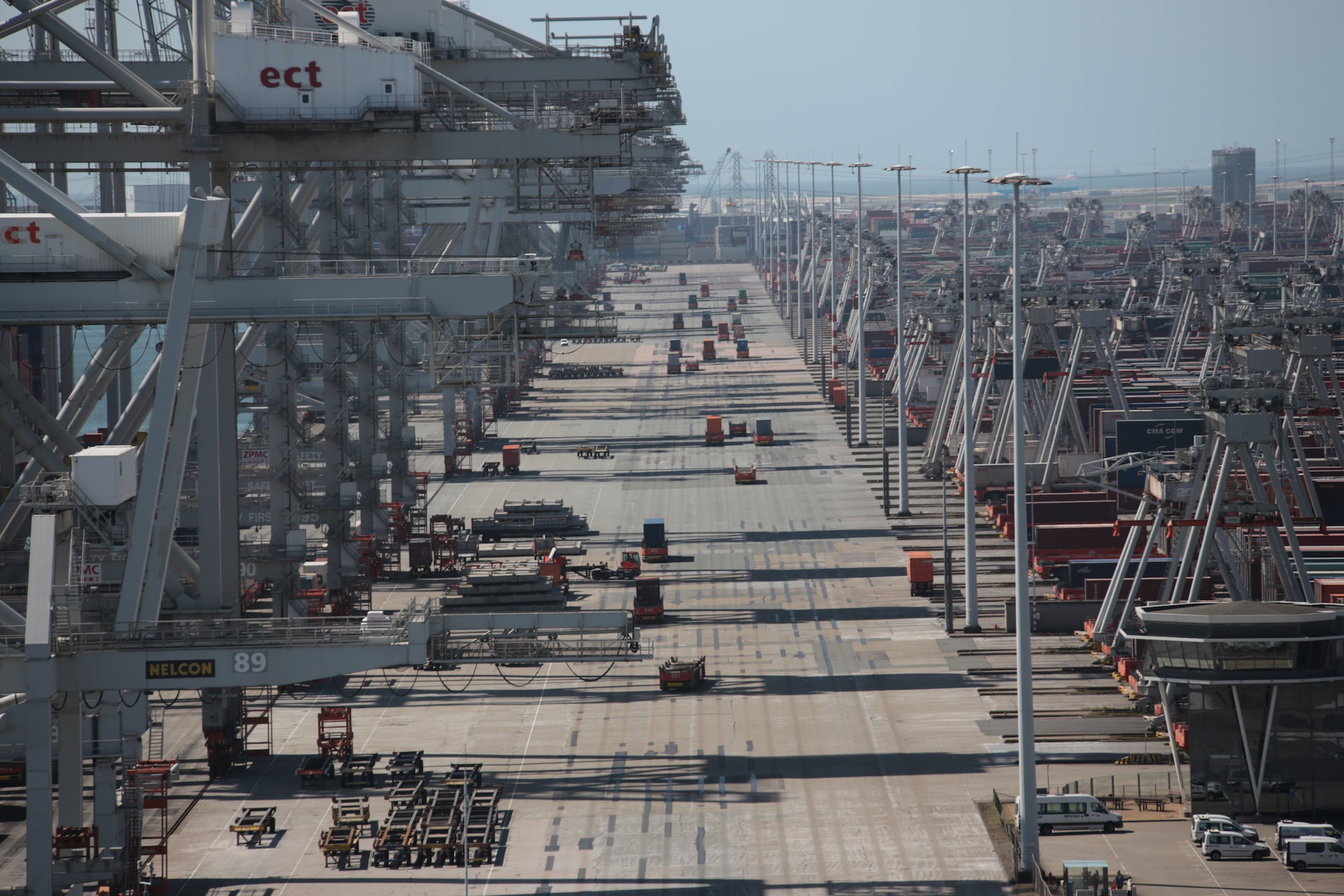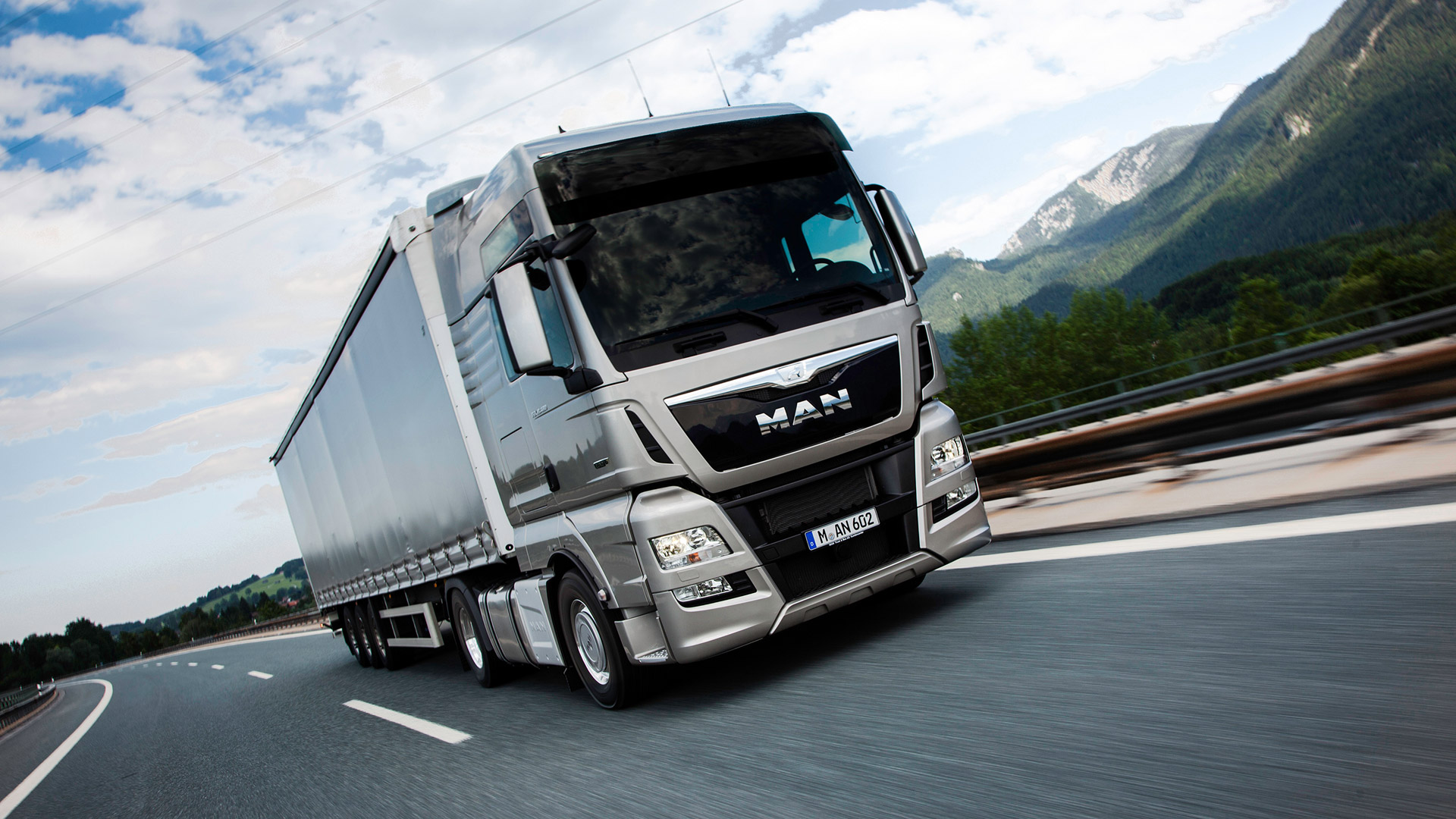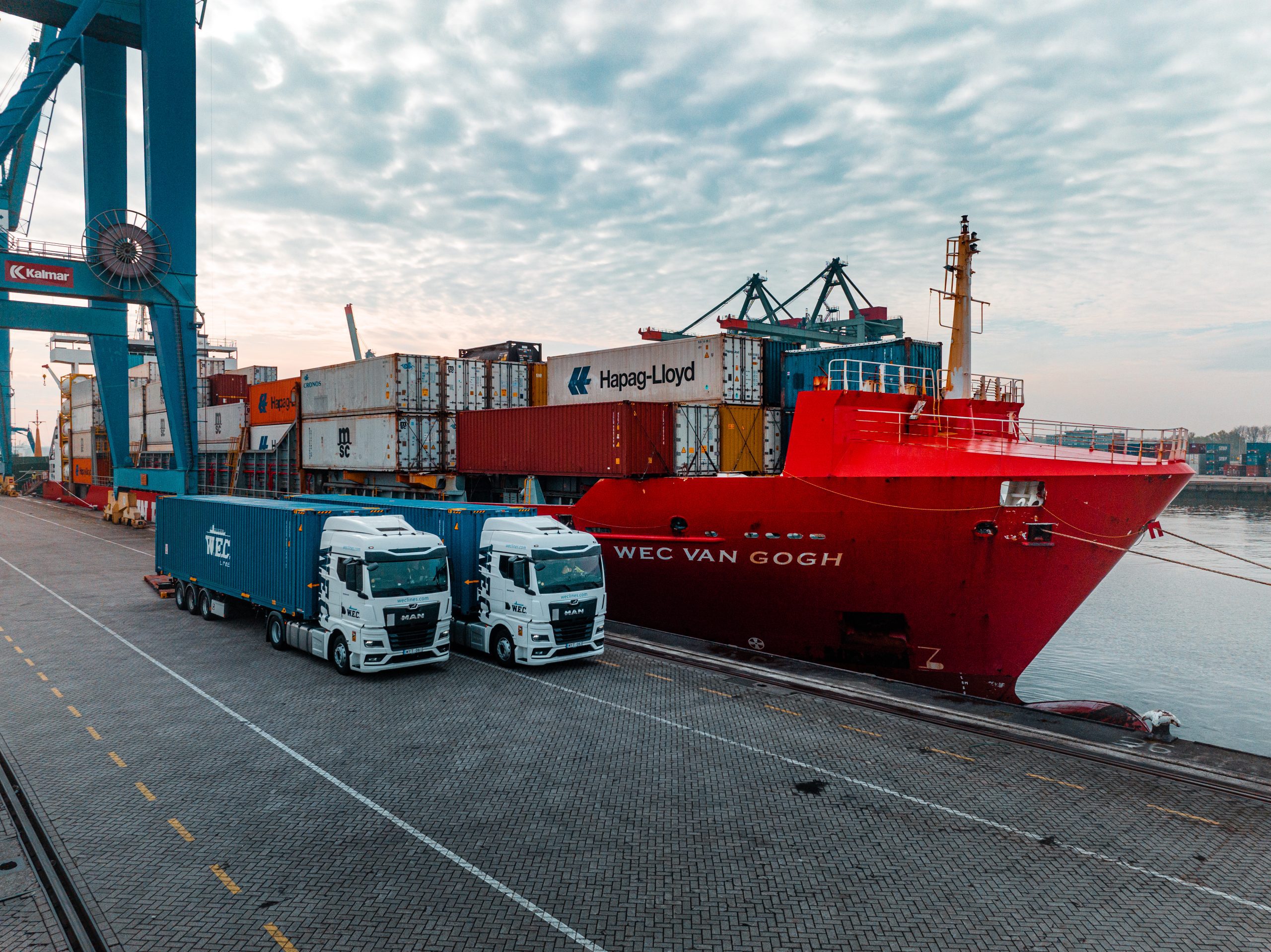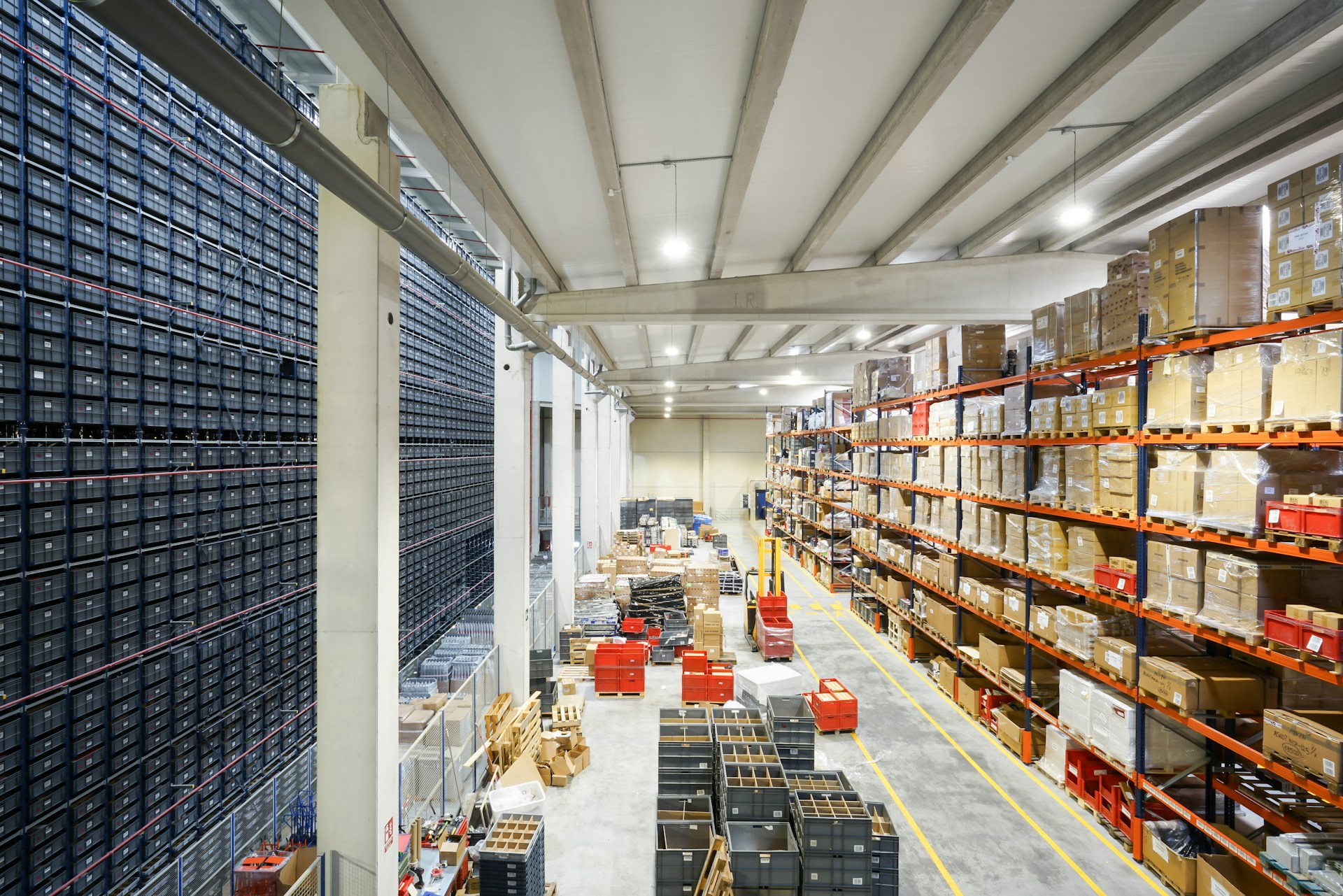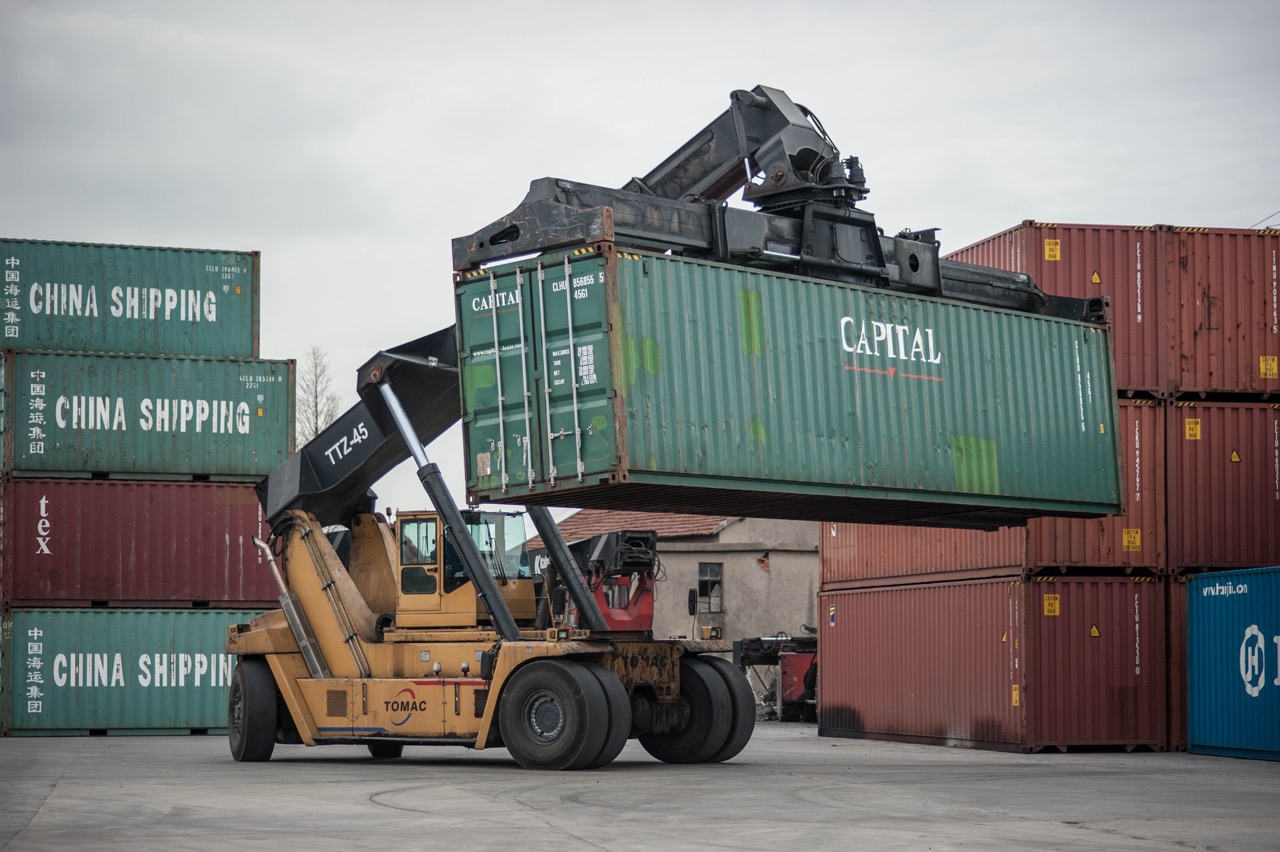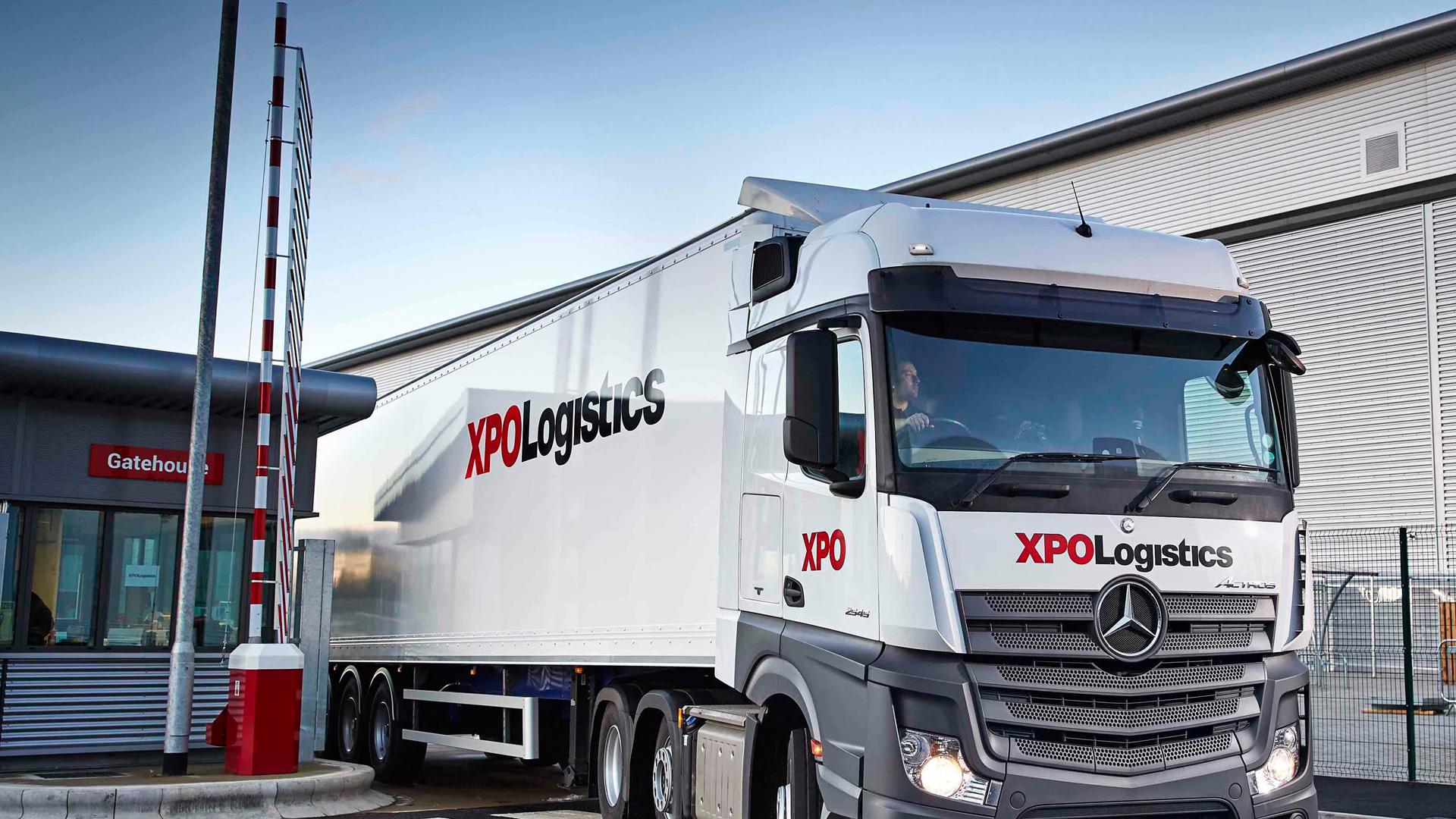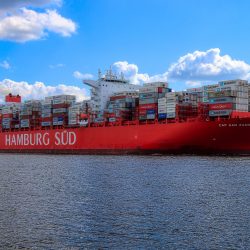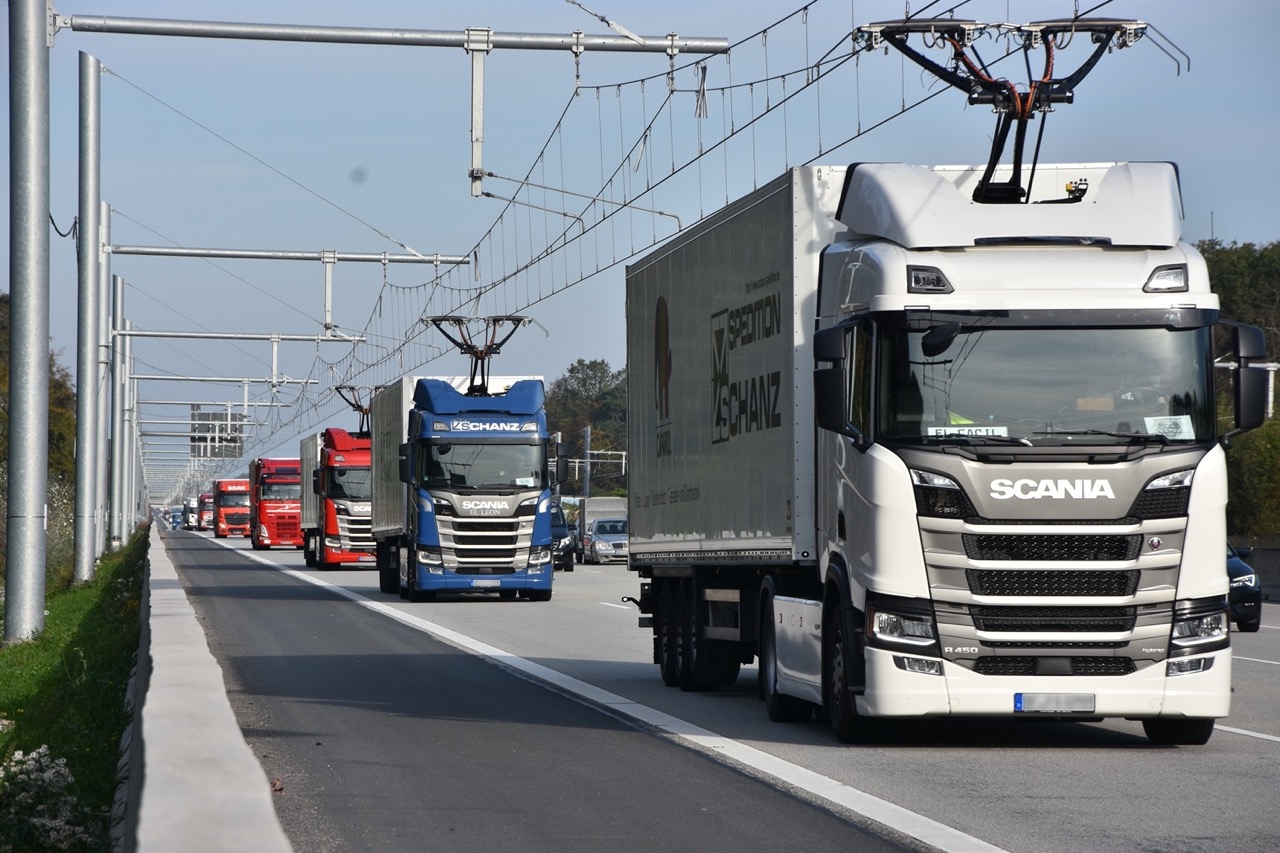Rotterdam World Gateway increased fees for cargo handling from 6 am to 6 pm
The Rotterdam World Gateway terminal has announced changes that have sparked a wave of criticism from carriers. The port operator plans to introduce slot booking fees. The additional fee will be charged during peak hours when the port concentrates the largest amount of cargo for handling.
Carriers have already reacted to RWG’s announcement. The Dutch Transport Association is calling on market participants to boycott the port. The Dutch are refusing to pay an extra 15 euros plus VAT to have their containers handled during peak hours. And that period is 12 hours: from 6 am to 6 pm.
But the RWG port will not change its decision. It has also withdrawn the possibility for carriers to book a certain time for service without prior approval of the terminal management. The port justifies the introduction of the surcharge with the high capacity utilization at peak times. The operator promises that the surcharge will make the handling of containers much more efficient than before.
The carriers, on the other hand, say that the new tariff makes cooperation with the port unprofitable. As a result, market participants are looking for new ways to handle containers.
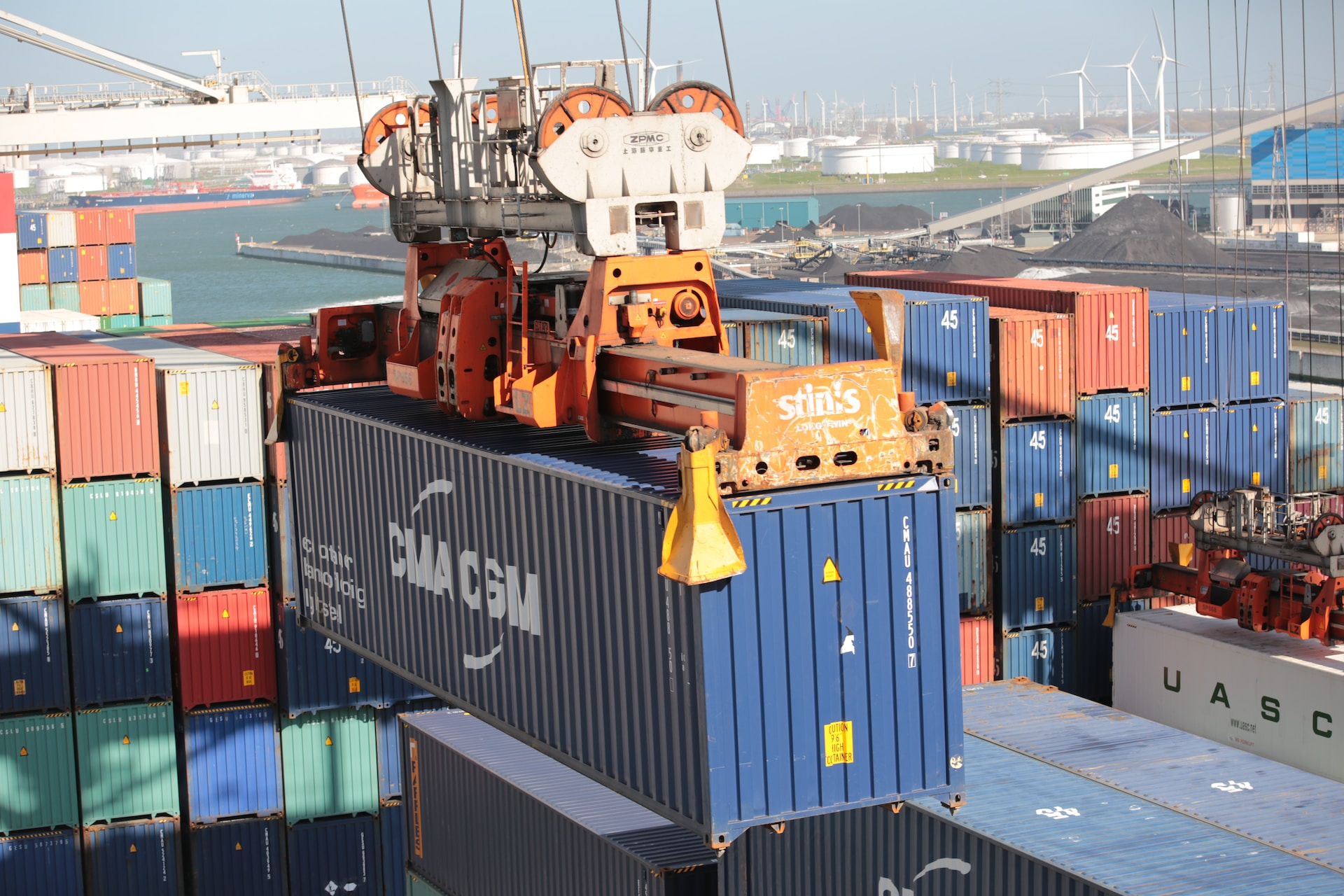
The Port of Rotterdam operation
The Port of Rotterdam is the largest port in Europe, handling approximately 437 million tons of cargo per year. The facility is conveniently located at the mouth of two rivers, through which the waterway to Germany, France, Belgium, and the Netherlands passes. Goods from Asia to Europe arrive in Rotterdam. The port became massively in demand after the development of the Ruhr area began. Coal, ore, and other raw materials were shipped through the port to various regions of Europe.
From 1926 to 1986, the RWG was the world’s busiest port. Today, it is dwarfed by terminals in Shanghai and Singapore. However, it remains one of the largest container-handling facilities in the world. It occupies an area of 105 square kilometers with a coastline of 40 kilometers. RWG is structurally divided into 5 districts.
There are three shipping zones in the port where automated solutions are used for loading and unloading processes for further storage. The most popular commodities are oil and oil products, sand, ore, and containerized cargo. The operator pays special attention to digital solutions to ensure efficient operations. According to the Port Vision 2030 strategy, the port must become the most innovative in the world by 2030.
RWG also attracts more than 4 million tourists annually as a historical site. The port is an important architectural landmark: it houses the Maritime Museum and offers tours. Approximately 363,000 people work at the terminal and 180,000 of them are at the port every day.

